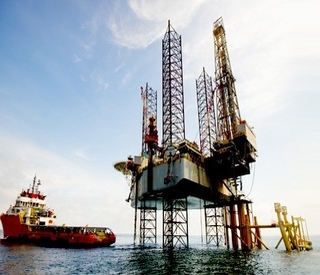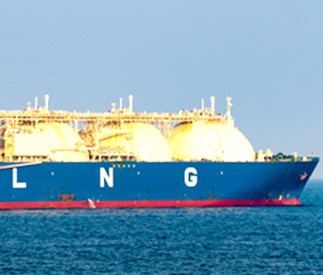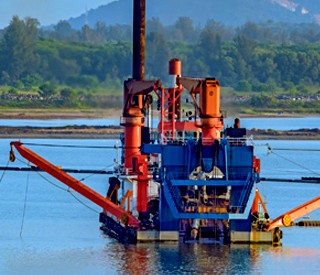India has been an energy importer, primarily for oil. Natural gas is slowly increasing its share of energy mix of india, which was around 11% in 2010 and is expected to double by 2025. Power and Fertilizer industry are leading the gas consumption. Demand for use of Natural gas as energy source is increasing due to its increasing availability, environmental friendly characteristics, and promising supply chain economics.
Almost 50% of natural gas consumption is fulfilled by imported LNG, other 50% is currently domestically produced. LNG infrastructure is nascent in India and hence presents a huge potential for investors. So far, India has fewer LNG import terminals than the LNG import demand. There are several players considering setting up Floating storage & regasification units (FSRU), a floating terminal, which is faster and more economical to build than a fixed terminal. The channel for Distribution of gas within India is primarily via pipelines. The current operating gas pipeline length of around 16,000KM is below the required capacity. There is another 10,000 KM of pipelines under construction. The projected requirement of total pipeline as per the demand exceeds 30,000 KM length.
Till the pipelines are in place, an alternate and potentially good way of transporting imported LNG is via coastal & inland waterways using feeder LNG barges. At Vedam, we have developed various feeder barge concepts es
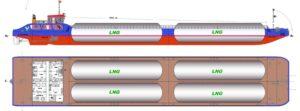
pecially suited for Indian requirements together with some stakeholders and LNG infrastructure providers. With the government thrust on improving Coastal & Inland waterways, these barges present a very economical transportation method.
In many European countries, use of LNG as marine propulsion fuel is picking up pace. However in terms of LNG propulsion vessels, it is still too early for India because LNG bunkering facilities are not formalised yet. It will take much longer to develop LNG bunkering. However, there is a huge demand for LNG transportation and consumption which can be met my vessels.

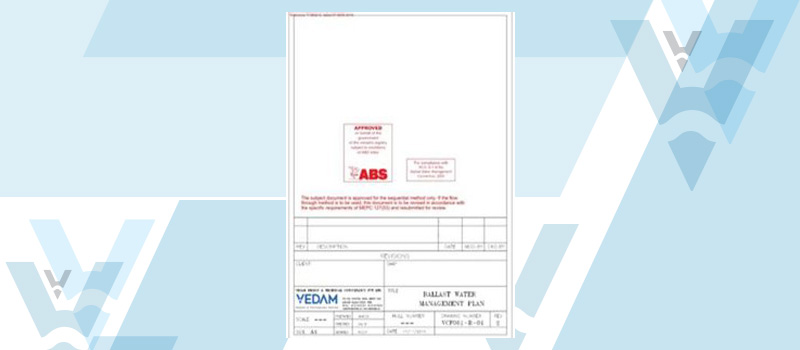
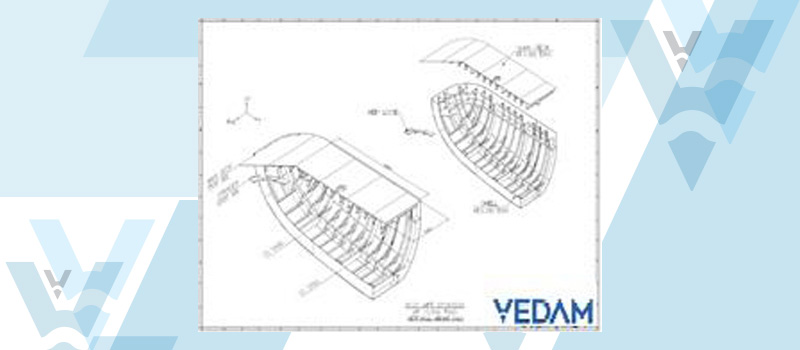
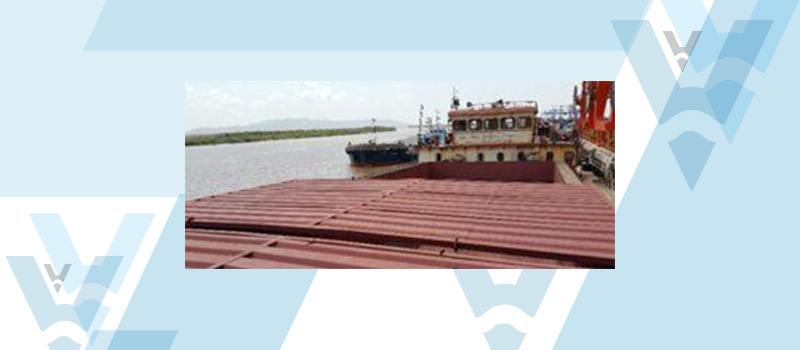
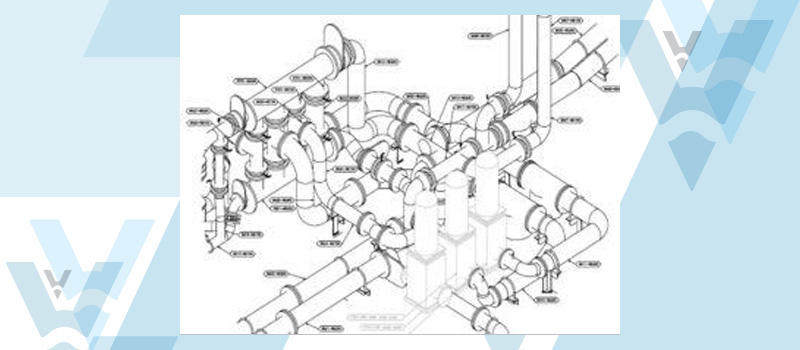
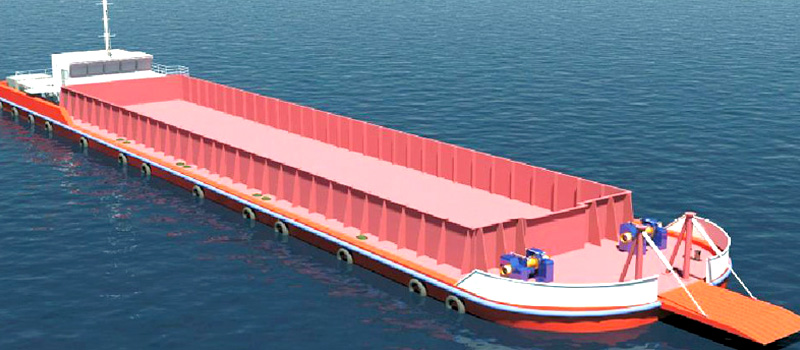
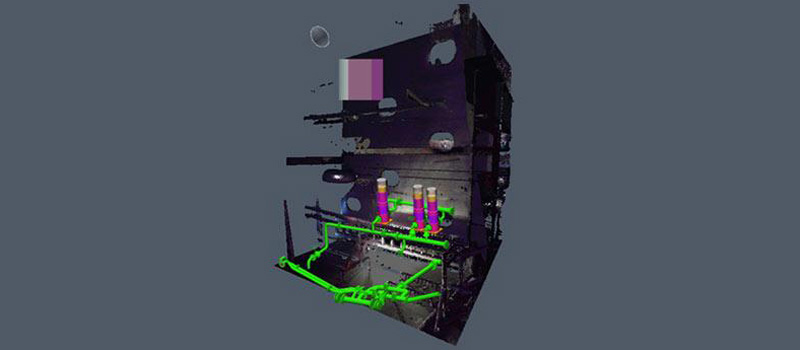
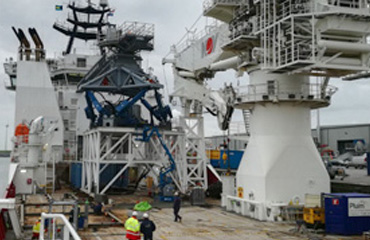
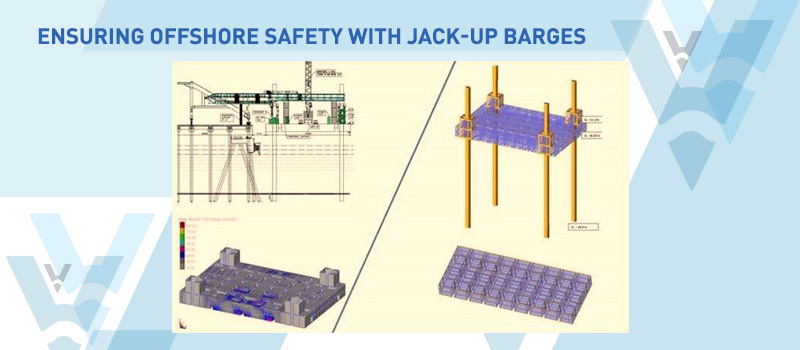
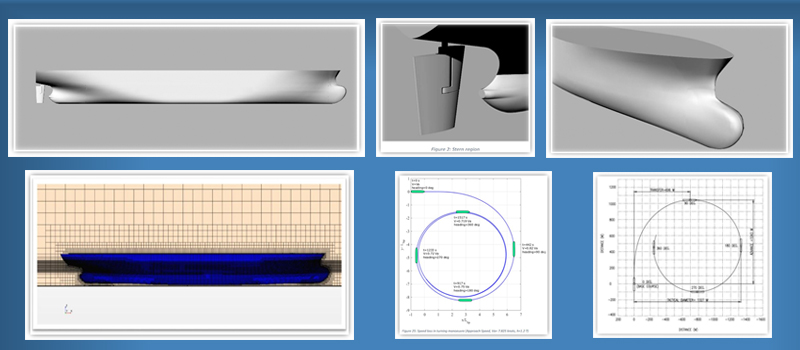
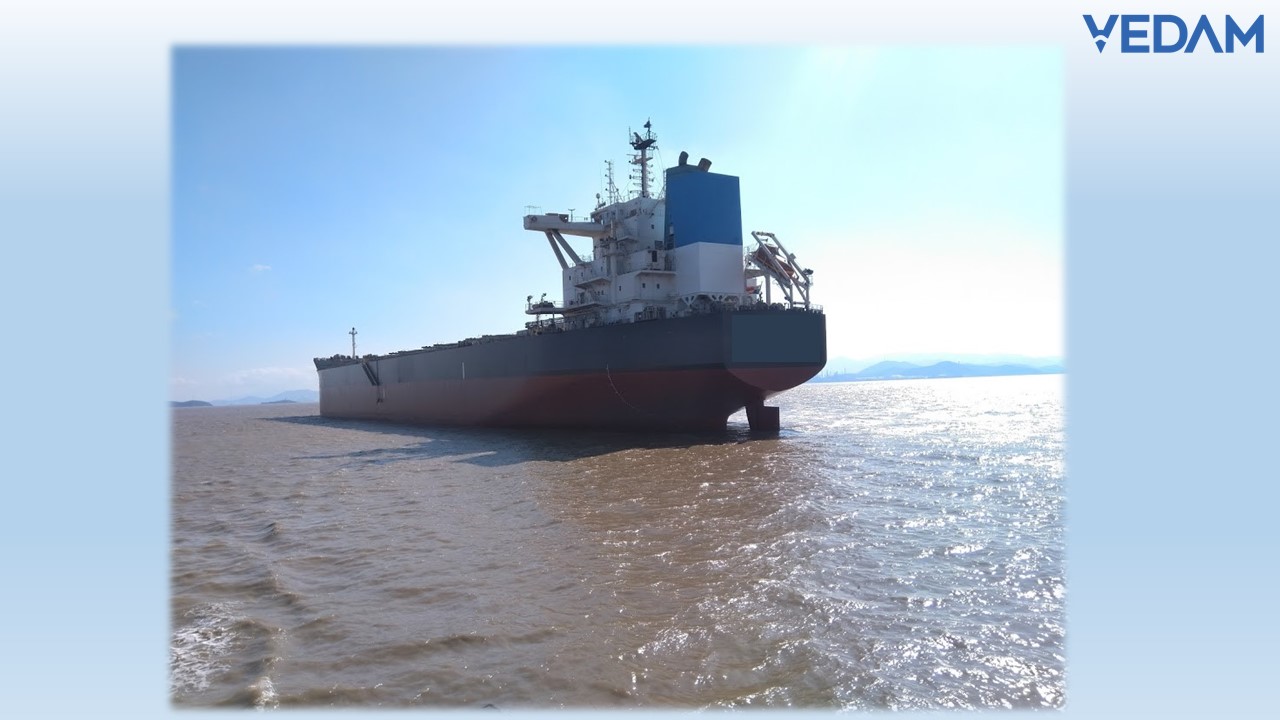
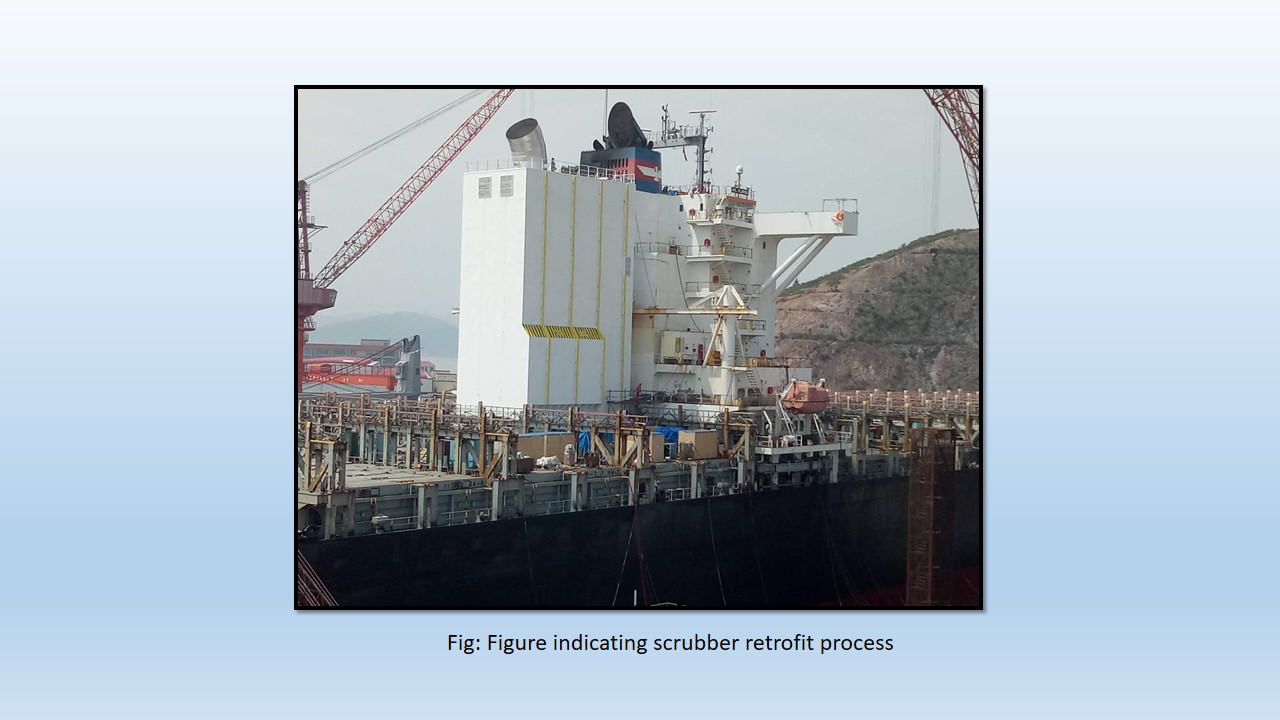
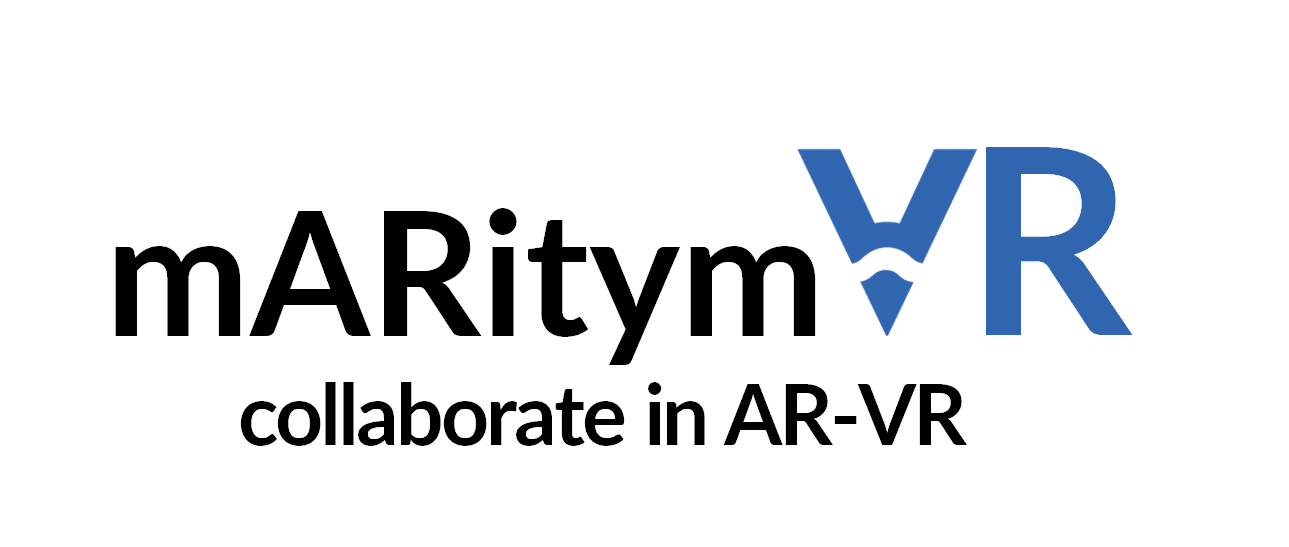
.png)
.png)
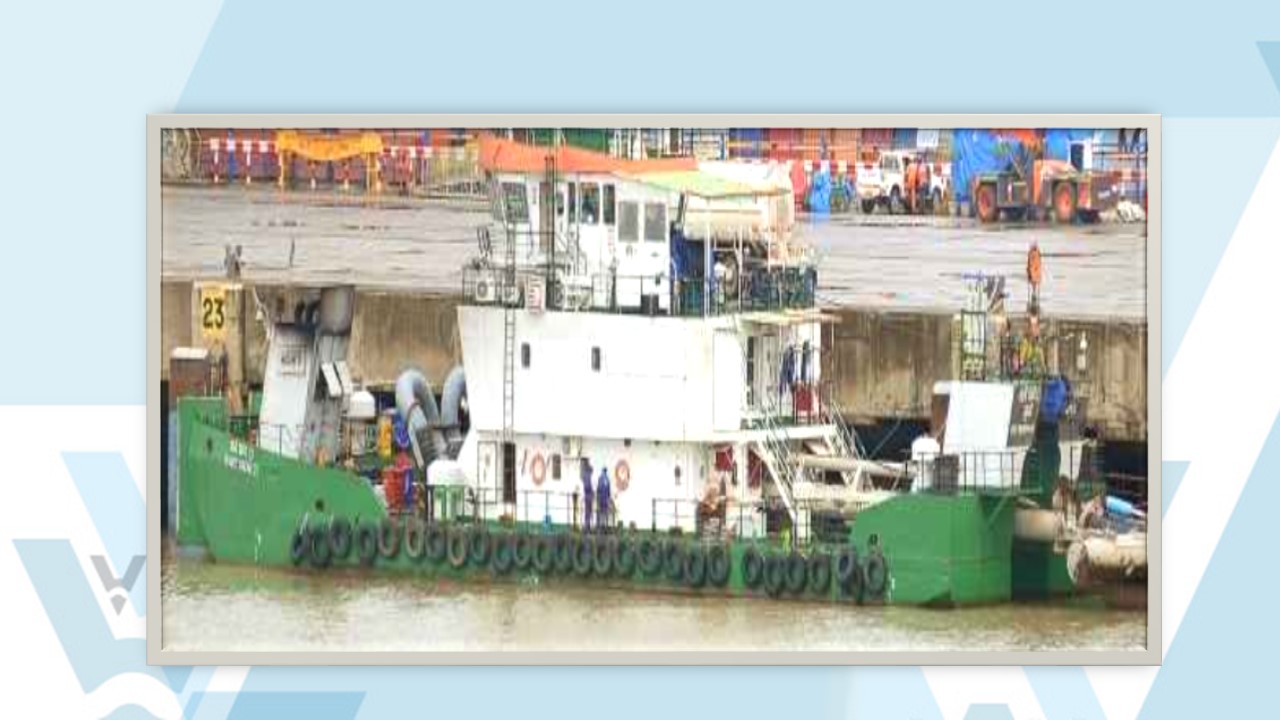
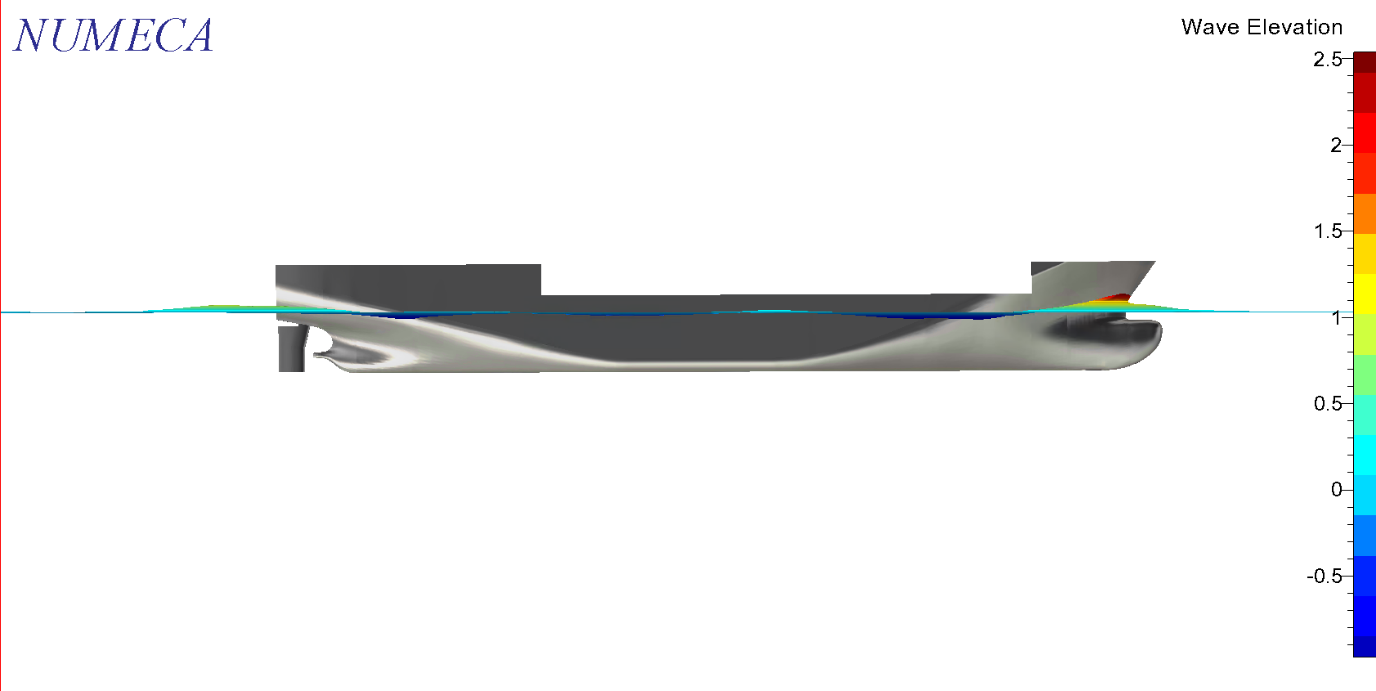


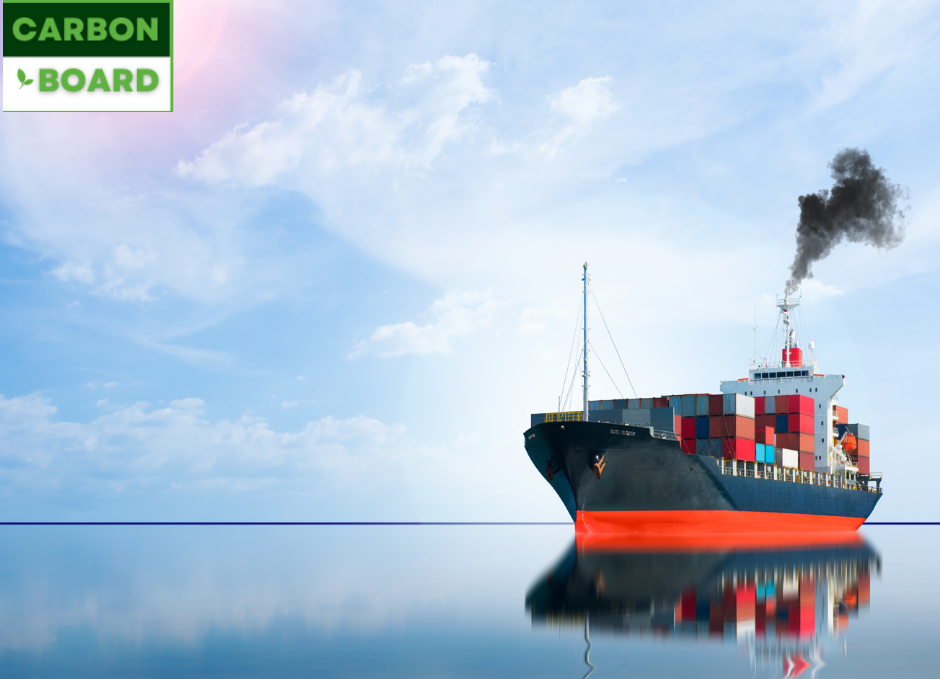


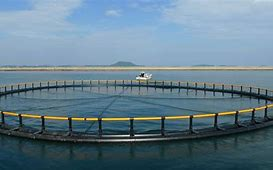
.png)
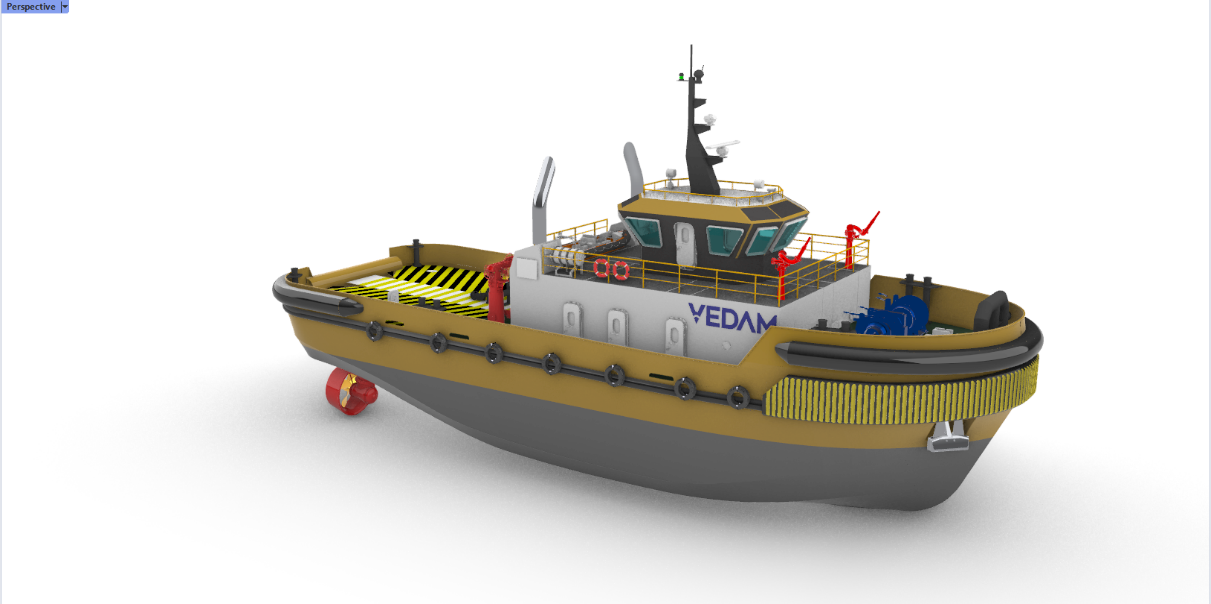
.png)
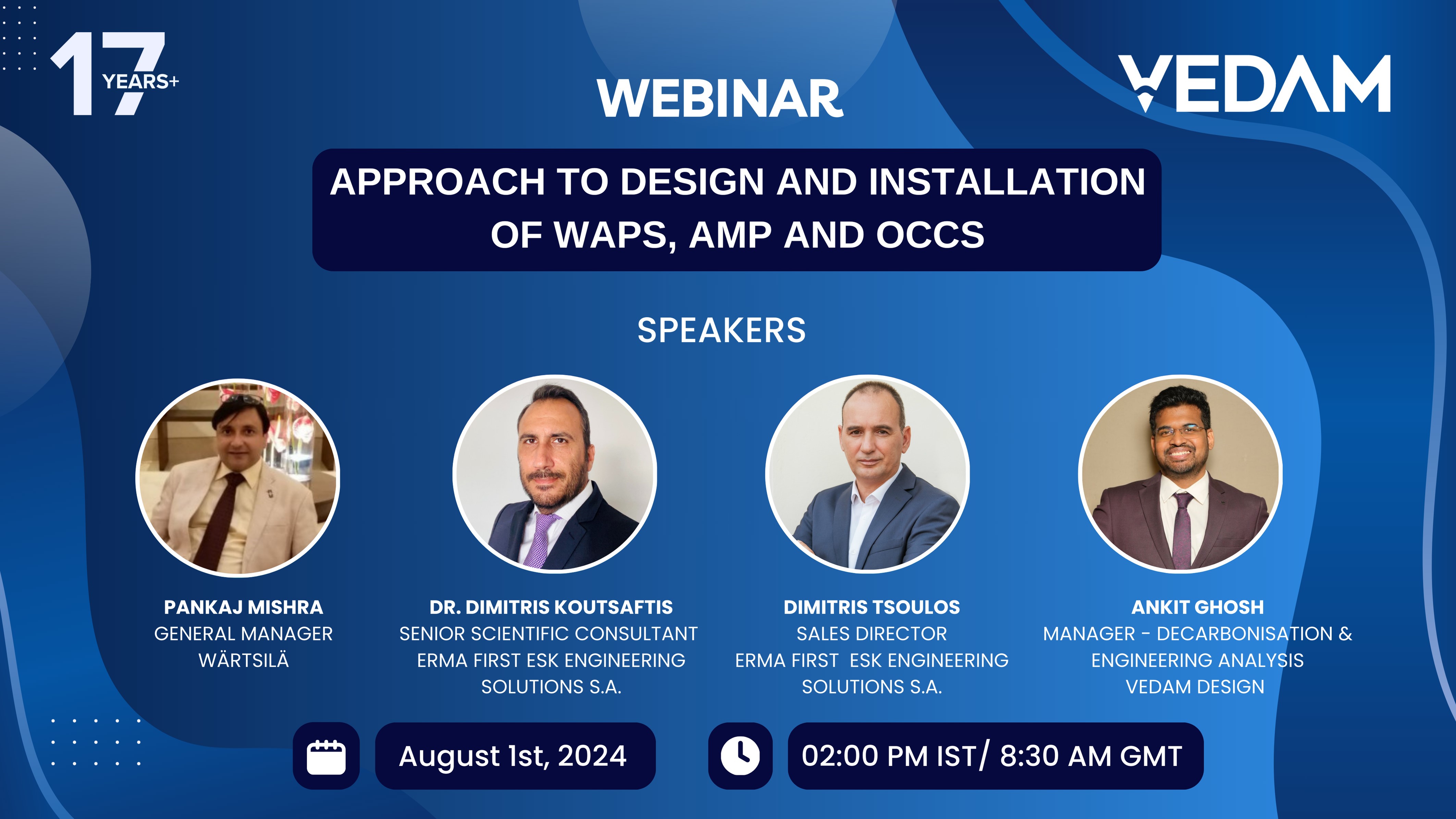
.jpg)
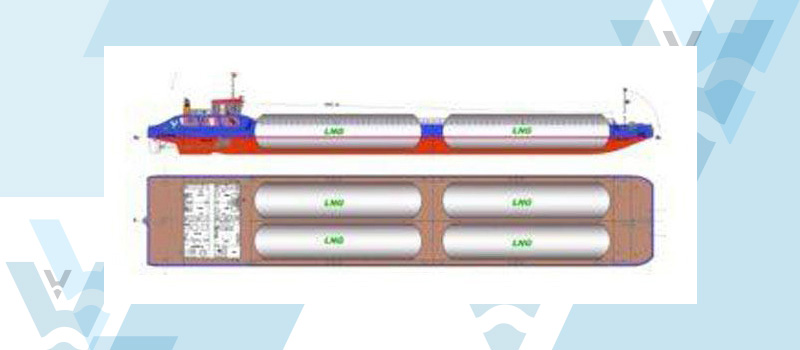

.jpg)
